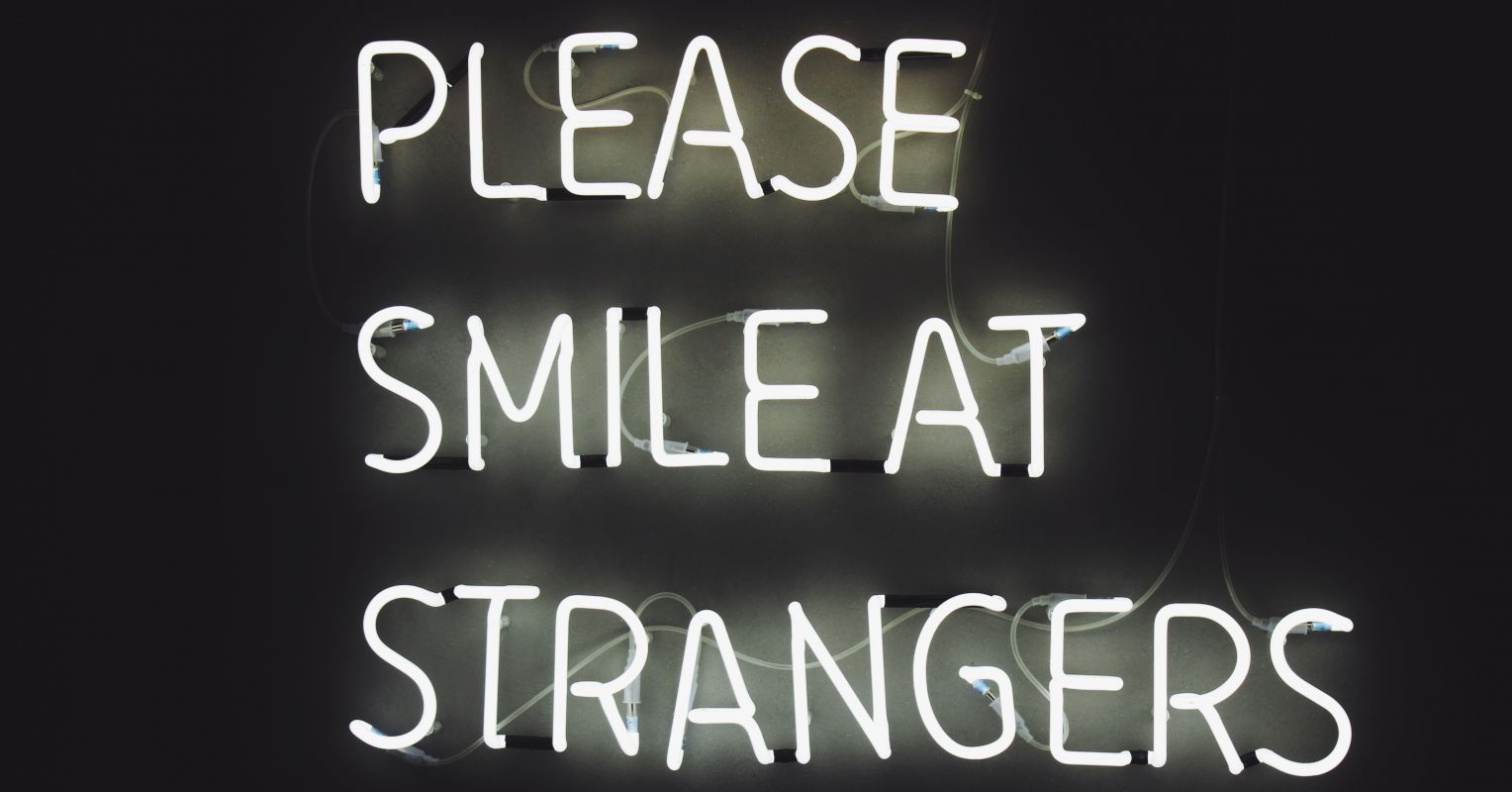
Source: Haut-Risque / Unsplash
In 1979, 6-year-old Etan Patz disappeared on his way to his school bus stop in lower Manhattan. And then, in 1981 with the demise of Adam Walsh, the nation froze. Photos of missing children appeared on milk cartons for children to watch as they ate bowls of breakfast cereal. The restrictions on what children could and could not do have changed.
Even before these disturbing and high-profile events, I wrote a little booklet, “Ice Cream Isn’t Always Good,” based on a local report of a strange man in a blue car near elementary school in my stepchildren. The brochure was distributed nationally by police and schools, as well as to parents. It later became the book Never Say Yes to a Stranger: What Your Child Needs to Know to Stay Safe and has been printed in various formats for decades. The stories and messages helped parents and educators teach young children the difference between strangers who are good and would help and those who could harm them. It was designed to provide the tools young children need to stay safe when they are alone, unsupervised.
The media messages regarding the missing children, sometimes misleading because they did not differentiate between the children who had fled and those who had been taken, panicked the parents who then considerably restricted the freedoms of the children. The parents started to get high and remained in an overly protective and vigilant position.
Being too careful makes us miss relationships
In his book, Your turn: How to be an adult, Julie Lythcott-Haims explains how a movement got out of hand and how the micromanagement of our children has affected young adults today and “caused them to be careful and, therefore, [they] don’t know how to form relationships that are the key to our individual happiness.
His chapter, “Start talking to strangers”, opens with the quote “Don’t talk to strangers”, which is attributed to “Everyone”. It was such a mistake, she wrote:
“As a result, most millennials and millennials have been raised with the mantra ‘Don’t talk to strangers. “It meant having no verbal interaction with strangers and, of course, not going away with them anywhere either. But it turned into no eye contact with strangers and having no small chats with strangers on the sidewalks or in stores. Then he became completely ignorant of strangers. Many children grew up not only afraid of the very idea of strangers, but literally not knowing how to interact with them. As a result, the children did not learn to navigate the social cues given by someone they did not already know. And then they graduated from high school and went out into the world, where their life was full of … strangers.
“Here is what may be the most obvious point I will make in this book: We are all strangers to each other at first. Then somehow we get to know some of these (former) strangers, and some of those acquaintances turn into neighbors, friends, coworkers, mentors, lovers, partners and families. Research in evolutionary biology, anthropology, and social psychology shows that we are a highly social species that must cooperate and kindly interact with each other, not only to get things done, but to be emotionally well. Research even shows that interactions with people who will forever remain strangers to us (i.e. the person on the passing street) also have positive effects on our mental health.
Talking to a stranger
On a bus ride in New York several years ago, I overheard two ladies discussing a restaurant that interested me. So rather than listen, I asked them to tell me about it. We started to chat. Coincidentally, one of the women lives near me and has become a close friend. Before the pandemic, we did a lot of things together in the city and became an emotional support for each other. As soon as the CDC declares that it’s safe to reconnect with those outside of our pods, I’m sure we’ll resume our face-to-face friendship – a friendship born completely from talking to a stranger.
The pandemic has underscored that no matter how old we are, we need a face-to-face connection – not “friend” pages on social media, but people we can look in the eye and, soon, kiss us again. If you’ve been raised under the mantra, ‘Don’t talk to strangers,’ forming these relationships can be uncomfortable at first, but as Lythcott-Haims reminds readers, ‘Not only is it good to talk to strangers, but you want. You must. Let’s go. “
